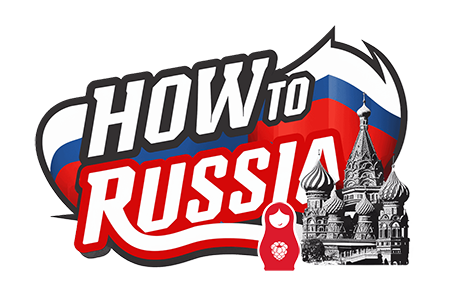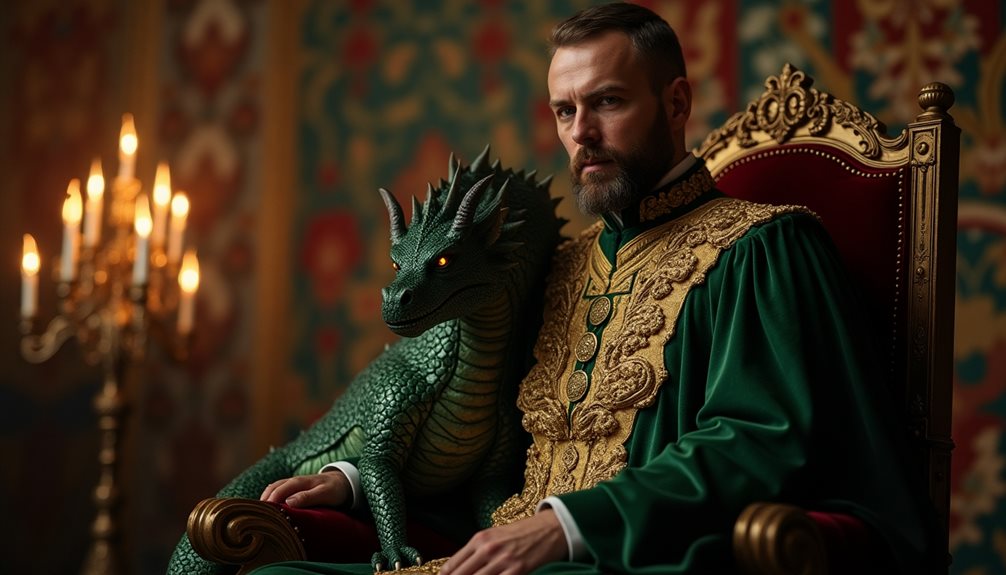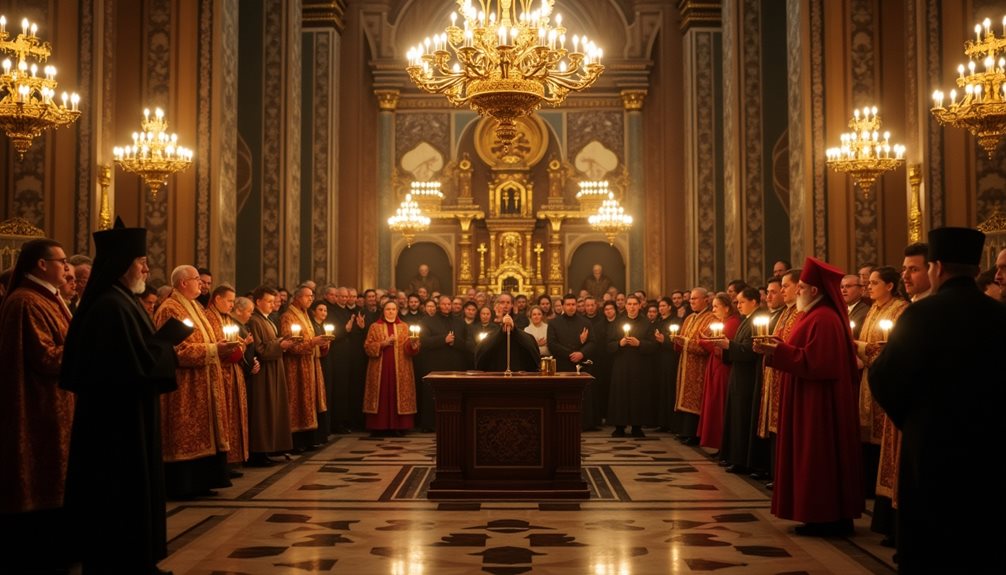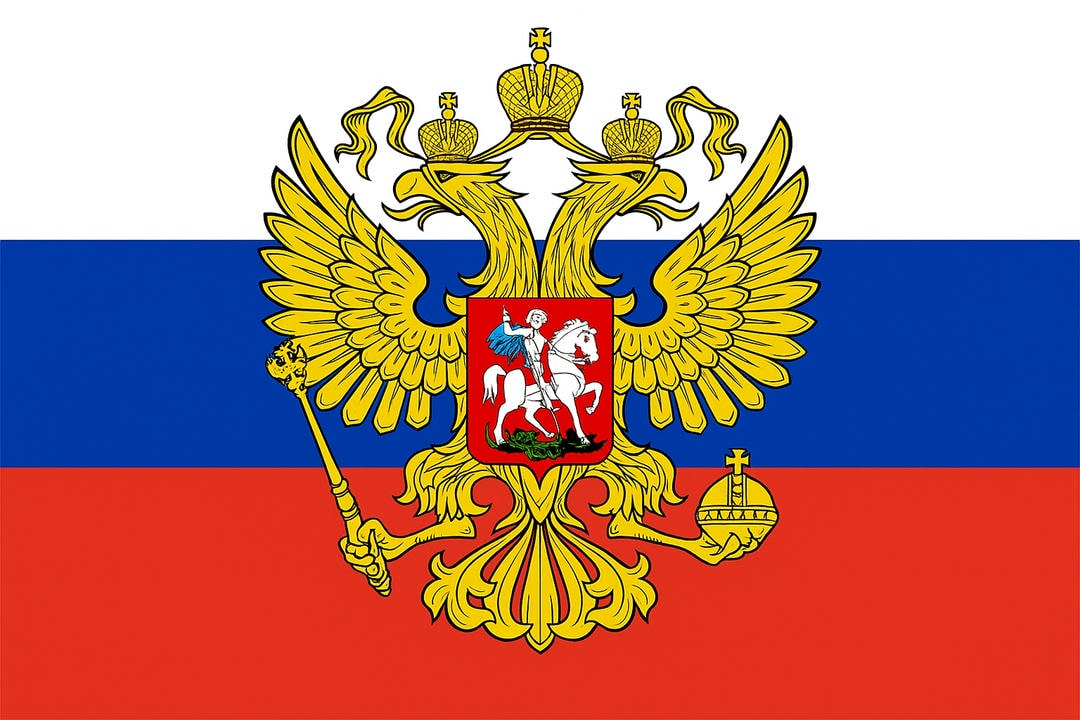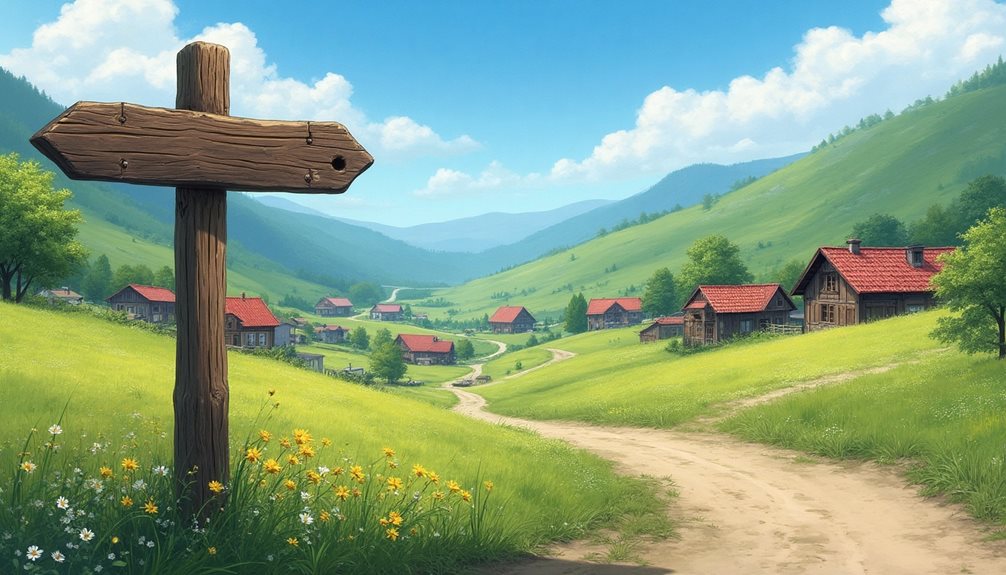Russia, a land of immense diversity and rich heritage, stretches across eleven time zones and two continents. This vast nation offers a unique blend of natural wonders, cultural treasures, and historical achievements that continue to inspire admiration worldwide. Exploring Russia reveals stories of resilience, creativity, and innovation that enrich our understanding of its people and traditions.
Vastness and Diversity of Russia’s Geography
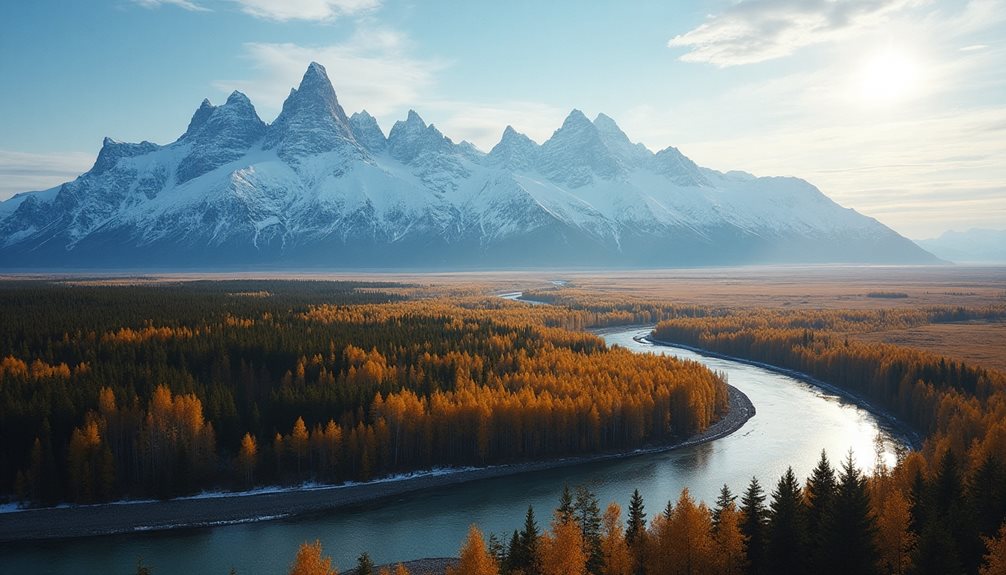
Russia, spanning an incredible 17.13 million square kilometers, is the largest country in the world by land area. Its immense size stretches across 11 time zones and encompasses a wide range of natural landscapes and climates, making it one of the most geographically diverse nations on Earth.
Geographic Range and Features
- Northern Arctic Tundra: The northernmost parts of Russia lie within the Arctic Circle, featuring treeless tundra characterized by permafrost, low temperatures, and a short growing season. This harsh environment supports specialized plant species, migratory birds, and Arctic mammals such as reindeer and polar bears.
- Ural Mountains: Acting as a natural boundary between Europe and Asia, the Ural Mountains run roughly north to south for about 2,500 kilometers. These mountains are rich in minerals like iron, copper, and gold and have historically been a crucial site for Russian mining and industry.
- Western Siberian Plain: One of the largest flatland areas in the world, this region is dominated by vast wetlands and taiga forests, with numerous rivers and lakes. It plays a critical role in regulating the global climate through its extensive carbon-storing forests.
- Siberian Plateaus and Mountains: Beyond the Urals lies Siberia, an enormous expanse of plateaus, mountain ranges such as the Altai and Sayan Mountains, and deep river valleys. Siberia is known for its extreme continental climate—very cold winters and warm summers.
- Pacific Coastline: To the east, Russia has a long coastline along the Pacific Ocean, including the Kamchatka Peninsula, famous for its volcanic activity and abundant wildlife like brown bears and salmon.
- Southern Steppes and Deserts: In the south, Russia transitions into semi-arid steppes and even desert-like areas near the Caspian Sea. These grasslands support unique ecosystems with species adapted to dry conditions.
Major Ecosystems
- Taiga (Boreal Forest): Covering about 60% of Russia’s land area, the taiga is the largest forest biome globally. It consists mainly of coniferous trees such as pine, spruce, and fir. This biome is home to large mammals like brown bears, wolves, lynx, elk, and sable. The taiga plays a vital role in carbon sequestration, helping to mitigate climate change.
- Steppe Grasslands: Found primarily in southern Russia, these vast open plains are dominated by grasses and wildflowers. The steppe supports diverse wildlife including saiga antelopes, steppe eagles, and various rodent species. Historically, these lands have been important for nomadic herding cultures.
- Temperate Deciduous Forests: Located mostly in European Russia along the western edges of the country, these forests feature a mix of deciduous trees such as oak, birch, and maple. They are rich in biodiversity and provide habitat for many bird species, small mammals, and insects. These forests also contribute to soil fertility and water regulation.
Impact on Culture and Economy
Russia’s vast geographic diversity has influenced its population distribution, culture, economy, and transportation networks. Most of Russia’s population lives in the western part of the country where the climate is milder and fertile lands support agriculture. Remote regions like Siberia are sparsely populated but rich in natural resources such as oil, gas, timber, and minerals.
Traditional lifestyles vary widely—from reindeer herding by indigenous peoples in the Arctic tundra to agricultural communities in the steppe regions. The varied geography also fosters a range of outdoor activities including hiking, fishing, skiing, and wildlife observation, attracting tourists and researchers alike.
Russia’s geography is not only a testament to nature’s vastness but also a dynamic force shaping life across this extraordinary country. Its diverse landscapes support complex ecosystems that are vital both locally and globally.
Iconic Landmarks and Their Historical Importance
Russia’s landmarks stand as vivid chronicles of its complex history, rich culture, and resilient spirit, reflecting the nation’s journey through time and its contributions to global heritage.
Red Square, Moscow
Far more than just a central public square, Red Square is considered the very heart of Russia. It has been the stage for many significant historical events, from coronations and military parades to political demonstrations and celebrations. The square is bordered by some of Russia’s most famous architectural masterpieces, including the colorful onion domes of Saint Basil’s Cathedral, which was built in the 16th century under Ivan the Terrible to commemorate victories over Kazan and Astrakhan. The Kremlin walls and towers, also adjacent to Red Square, serve as the seat of Russian political power and are a UNESCO World Heritage Site. Red Square remains a vibrant place where history meets contemporary life, hosting concerts, festivals, and public gatherings that attract millions of visitors every year.
The Hermitage Museum, Saint Petersburg
The State Hermitage Museum is one of the largest and oldest museums in the world, founded in 1764 by Empress Catherine the Great. Its vast collection exceeds three million items, including masterpieces from renowned artists like Leonardo da Vinci, Rembrandt, Michelangelo, and Raphael. Housed primarily in the Winter Palace — the former residence of Russian emperors — the museum showcases a wide array of artifacts spanning art, archaeology, and culture from ancient civilizations to modern times. The Hermitage not only reflects centuries of artistic and cultural evolution but also illustrates Russia’s commitment to preserving and sharing global heritage. The museum attracts millions of visitors annually and serves as a key cultural institution promoting education and appreciation of art.
The Motherland Calls Statue, Volgograd
This colossal statue is one of the tallest statues in the world and a powerful symbol of Soviet bravery and victory during World War II. Located on Mamayev Kurgan overlooking the city of Volgograd (formerly Stalingrad), it commemorates the Battle of Stalingrad (1942-1943), one of the bloodiest and most decisive battles in history. Standing 85 meters tall (including its sword), The Motherland Calls depicts a dynamic figure of a woman calling her people to defend their homeland. It represents courage, sacrifice, and resilience — honoring the millions who fought and died to protect freedom from fascism. The site is not only a memorial but also a place for reflection on the cost of war and the enduring spirit of those who fought for peace.
Together, these landmarks offer visitors a profound connection to Russia’s rich historical narrative and its enduring values of courage, creativity, unity, and resilience. They invite exploration beyond their physical beauty to understand the stories that have shaped the nation’s identity over centuries.
Pioneers of Space Exploration: Russia’s Cosmic Legacy
Russia’s role in space exploration stands as a cornerstone of humanity’s journey into the cosmos, marked by groundbreaking achievements and a relentless pursuit of knowledge beyond our planet.
Yuri Gagarin’s Historic Flight (1961)
On April 12, 1961, Yuri Gagarin became the first human to orbit Earth aboard the spacecraft Vostok 1, marking a monumental milestone in space history. His flight lasted 108 minutes and demonstrated that human spaceflight was possible, sparking awe and inspiration worldwide. Gagarin’s mission not only established the Soviet Union as a leader in the space race but also symbolized the boundless potential of human courage and ingenuity. His famous words, “Poyekhali!” (“Let’s go!”), became an enduring symbol of exploration and adventure. This achievement paved the way for further manned space missions and international efforts to explore outer space.
Cosmonaut Training
Russian cosmonauts undergo one of the most demanding training programs in the world, designed to prepare them physically, mentally, and technically for the extreme conditions of space travel. Training takes place at the Yuri Gagarin Cosmonaut Training Center near Moscow and includes simulations of weightlessness, survival skills in harsh environments, robotics operation, and emergency procedures. Psychological resilience is a key focus, as cosmonauts must withstand isolation and high stress during long-duration missions. This rigorous preparation reflects Russia’s commitment to safety and excellence in human spaceflight, ensuring that cosmonauts are equipped to carry out complex scientific missions aboard spacecraft like Soyuz and the International Space Station (ISS).
The pioneering spirit of Russian space explorers has not only advanced scientific understanding but also fostered international partnerships in space research and technology development. Russia’s early successes and ongoing contributions continue to inspire new generations worldwide to look beyond Earth’s boundaries and pursue discoveries in the vast expanse of space.
Russia’s Rich Environmental Resources
Russia is home to an extraordinary wealth of natural resources, many of which are globally significant for their ecological, economic, and cultural value.
Forests: The World’s Largest Taiga
Russia contains about one-fifth of the world’s forested area, mostly composed of the vast taiga biome. Stretching across Siberia and the Far East, these coniferous forests cover roughly 8 million square kilometers. The taiga is a critical carbon sink, absorbing vast amounts of CO₂ and helping to regulate the global climate. It also supports a wide variety of wildlife, including endangered species such as the Siberian tiger and the Amur leopard. Economically, these forests provide timber and non-timber products vital to Russia’s economy.
Lake Baikal: A Natural Wonder
Located in southern Siberia, Lake Baikal is the deepest freshwater lake on Earth, reaching depths of 1,642 meters. It contains about 20% of the world’s unfrozen freshwater supply. Its crystal-clear waters support an extraordinary diversity of life; over 1,700 species live in or around the lake, with more than two-thirds found nowhere else on the planet. Baikal’s unique ecosystem includes the Baikal seal (nerpa), the only freshwater seal species in the world.
Environmental Protection and Sustainability
Russia has implemented various measures to safeguard its natural heritage. National parks, nature reserves (zapovedniks), and wildlife refuges protect key habitats and species across the country. Efforts include combating illegal logging, reducing industrial pollution, and promoting sustainable forestry practices.
Balancing economic development—especially in resource extraction industries such as oil, gas, and mining—with environmental conservation remains a critical challenge. However, Russia’s commitment to sustainable development is evident in international cooperation on climate change and biodiversity protection initiatives.
Linguistic and Cultural Mosaic
Russia’s vast territory is home to an incredibly diverse population with a rich tapestry of languages and cultures.
Russian Language: The Unifying Tongue
Russian is the official state language and is spoken by over 140 million people nationwide. It serves as a unifying medium for communication across this multiethnic country and is one of the six official languages of the United Nations.
Over 270 Languages and Ethnic Groups
In addition to Russian, more than 270 other languages are spoken across Russia’s regions. These include Turkic languages like Tatar and Bashkir, Caucasian languages such as Chechen and Avar, as well as indigenous Siberian languages like Evenki and Yakut. Each language represents a distinct ethnic group with its own traditions, folklore, music, and customs.
Foreign Languages and Cultural Exchange
Languages such as German, English, French, and Chinese are also present due to historical ties, migration, education, and globalization. English, in particular, is increasingly taught as a second language, facilitating international business, science, and cultural exchange.
Preserving Linguistic Heritage
Recognizing the importance of this diversity, Russia has launched initiatives to document and preserve minority languages. These efforts include bilingual education programs, cultural festivals, and media broadcasting in regional languages. Such policies promote mutual respect among ethnic groups while celebrating their unique identities.
Transformative Historical Moments Shaping Russian National Identity
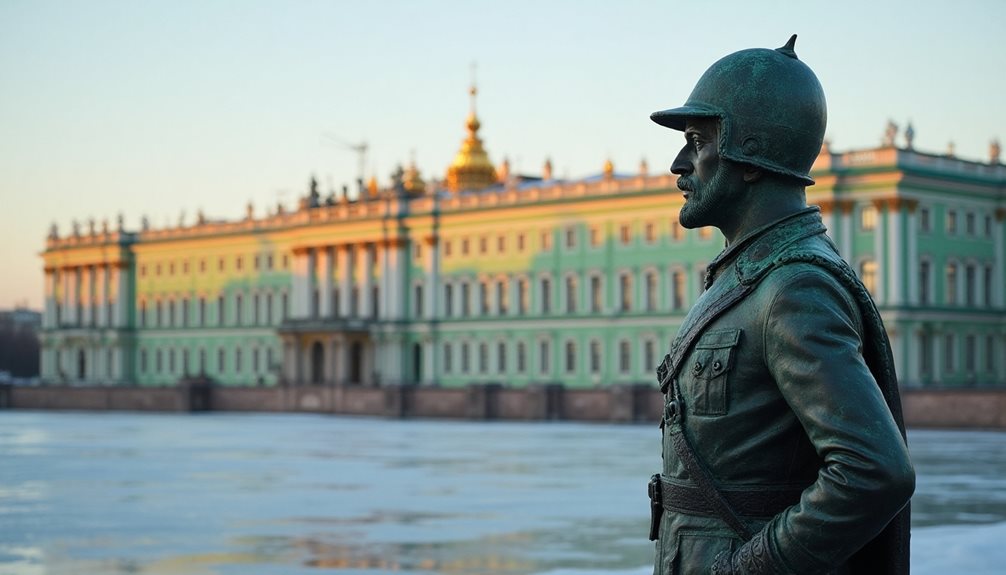
Russia’s history is rich with transformative moments that have played a crucial role in shaping its national identity and cultural heritage. These key periods showcase the country’s strength, resilience, and enduring spirit.
The 1917 Revolution: A New Beginning for the Russian People
The 1917 Revolution marked a profound change in Russia’s social structure, ending centuries of imperial rule and opening the door to a society built on collective ideals and unity. This period set the stage for widespread social reforms aimed at improving the lives of ordinary citizens, fostering a sense of shared purpose and community. It was a time when the Russian people came together with hope for a future based on equality and progress.
The Soviet Era: Achievements in Science, Education, and Industry
The Soviet era stands as a remarkable chapter in Russia’s history, characterized by extraordinary advancements in science, technology, education, and industry. During this time, Russia became a world leader in space exploration, launching the first artificial satellite, Sputnik, and sending the first human into space, Yuri Gagarin. Education was expanded to reach all corners of the vast country, raising literacy and technical skills to new heights. The era also saw rapid industrial growth that transformed Russia into a modern powerhouse. These achievements reflect the determination and ingenuity of the Russian people.
The Post-Soviet Period: Cultural Revival and Modern Growth
Since the early 1990s, Russia has experienced a vibrant cultural revival and ongoing modernization. This period has allowed renewed expression of Russia’s rich traditions in literature, art, music, and religion, strengthening national pride and identity. At the same time, Russia has embraced economic development and technological innovation, building on its strengths to create a dynamic and forward-looking society. This era highlights Russia’s ability to honor its deep-rooted heritage while confidently moving toward a promising future.
These transformative moments demonstrate Russia’s enduring spirit and commitment to progress. The nation’s story is one of strength, unity, and pride in its unique cultural legacy, continuously shaping its identity as a powerful and vibrant country on the world stage.
Unique Traditions and Lifestyle Trends in Russia
Tea Culture:
In Russia, tea drinking is far more than a simple daily habit—it’s a deeply rooted social tradition that reflects hospitality and connection. The ritual often revolves around a samovar, a traditional metal urn used to heat water, symbolizing warmth and comfort. Tea is typically enjoyed strong and hot, frequently accompanied by natural sweeteners like honey or jam, and a variety of pastries such as pirozhki (small stuffed buns) or pryaniki (spiced cookies). This practice encourages long, leisurely conversations, reinforcing bonds between family and friends. Tea time can last for hours, illustrating the value Russians place on community and shared moments.
Changing Lifestyle Habits:
Over recent decades, Russia has seen notable shifts in lifestyle trends, particularly concerning health and wellness. Historically known for high alcohol consumption, especially vodka, the country has made significant progress in reducing these levels. This change is driven by government policies such as stricter regulations on sales and advertising, higher taxes on alcoholic beverages, and public health campaigns promoting moderation and healthier choices. Alongside these efforts, there is growing interest in fitness, balanced diets, and preventive health care. Younger generations increasingly prioritize physical activity, organic foods, and mental well-being, reflecting a broader cultural move towards sustainable health practices without abandoning traditional values.
These traditions and evolving habits highlight how Russia balances respect for its rich cultural heritage with a forward-looking approach to improving quality of life.
Infrastructure and Architectural Marvels
Russia’s infrastructure is a fascinating blend of historical grandeur and cutting-edge innovation, showcasing the country’s vast scale and cultural depth.
Transportation:
One of the most iconic feats of Russian infrastructure is the Trans-Siberian Railway, the world’s longest railway line, stretching approximately 9,289 kilometers (about 5,772 miles) from Moscow to Vladivostok. Completed in the early 20th century, it plays a crucial role in connecting the European part of Russia with its Far East, facilitating trade, travel, and cultural exchange across eight time zones. The railway is not only a vital transportation artery but also a symbol of national unity and engineering excellence.
In urban centers, Moscow and Saint Petersburg boast some of the world’s most impressive metro systems. Moscow’s Metro, opened in 1935, is famous for its ornate stations that resemble underground palaces, adorned with chandeliers, mosaics, marble columns, and Soviet-era artwork. It is one of the busiest metro systems globally, serving over 6 million passengers daily. Saint Petersburg’s metro, while younger (launched in 1955), is equally notable for its deep stations designed to double as bomb shelters during wartime, and its striking architectural details.
Architecture:
Russian architecture reflects a rich tapestry of cultural influences and historical periods. The colorful onion domes of Orthodox churches, such as those seen on Saint Basil’s Cathedral in Moscow’s Red Square, are instantly recognizable symbols of Russian religious art and architecture. These domes are not only visually distinctive but also have structural functions related to snow shedding in harsh winters.
The Soviet era introduced monumental architecture characterized by imposing government buildings and residential blocks designed in the Stalinist style—massive, symmetrical constructions meant to embody power and order. Examples include the “Seven Sisters” skyscrapers in Moscow, which combine Gothic and Russian baroque elements.
In recent decades, Russian cities have embraced contemporary architectural styles, adding sleek skyscrapers to their skylines. The Moscow International Business Center (Moscow-City) features glass-and-steel towers that signify Russia’s integration into the global economy and its drive toward modernization.
Together, Russia’s transportation infrastructure and architectural landmarks illustrate a nation that values connectivity and functionality while deeply respecting its artistic heritage and historical identity.
Embracing the Spirit of Russia: A Land of Endless Discovery and Inspiration
Russia invites you to discover its vast landscapes, cultural depth, and inspiring achievements. Its natural beauty and historic landmarks share stories of resilience and innovation that resonate universally. By exploring Russia with an open heart, you engage with a country proud of its heritage and hopeful for its future—a true treasure for those who value freedom, exploration, and connection.
